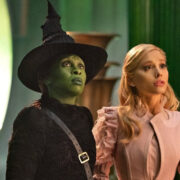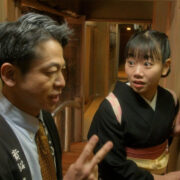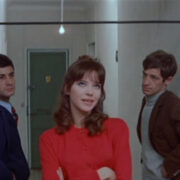YOURSELF AND YOURS: Staying Open To Multiple Realities
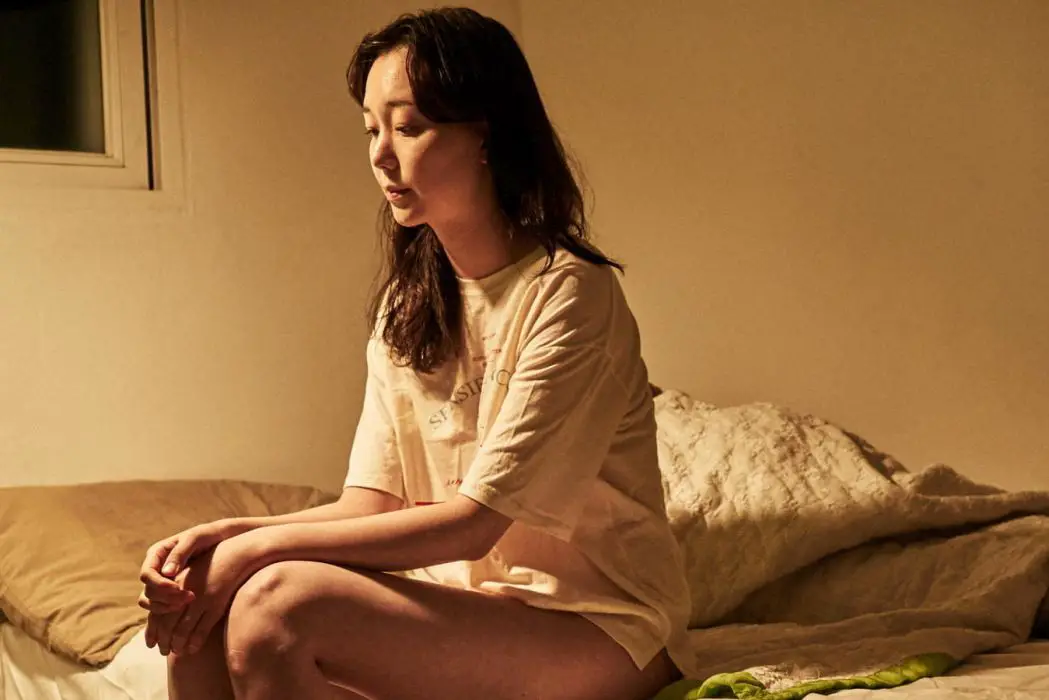
Janet is a writer based in Salt Lake City. A…
If there’s anyone who can turn something mundane into something magical, it’s director and writer Hong Sang-soo. If his films were books, they wouldn’t necessarily be the ones you pick right off the bookshelf. From a visual standpoint, they aren’t enticing, yet when you dive in, you find that amid the monotonous style and rhythm, lies exceptionally raw and peculiar characters.
A Charming Exploration of Different Realities
Like in many of his films, Hong explores a toxic relationship, lonely and pathetic men, fixation, and identity in Yourself and Yours. More importantly, he ventures into different realities—realities where characters immerse themselves in unusual and uncomfortable circumstances.
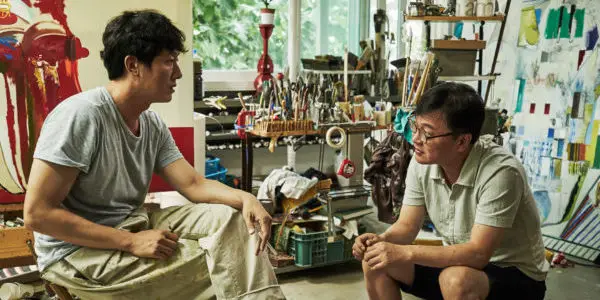
These circumstances are clouded with mystery; Hong never provides an explanation as to why his characters are the way they are. He never confronts the reality of the events that unfold. Does this bother us? Maybe. But this enigma sprinkles the film with a dash of black humor and a playing-hard-to-get charm that makes us admire and hang onto its intricacies.
As Hong’s central character, Min-Jung (Lee Yoo-Young) insightfully puts it: “There’s so much we’ll never know…don’t try to know everything.” The filmmaker challenges us to stay open and just go with the flow.
A Focus on Pitiful Men and Toxicity
Yourself and Yours follows a frustrated painter, Young-Soo (Kim Joo-hyuk) who’s in an emotionally fraught and toxic relationship with his girlfriend, Min-Jung. He’s obsessed with Min-Jung’s alcoholism (he counts her drinks) and the way she’s withdrawn from him.
When Young-Soo’s friend, Joong-Haeng (Kim Eui-sung) tells him that a few friends saw Min-Jung having drinks with another man in the neighborhood, Young-Soo confronts his girlfriend who denies the rumors. This creates a full-blown argument, and Min-Jung leaves, explaining they need some time apart.
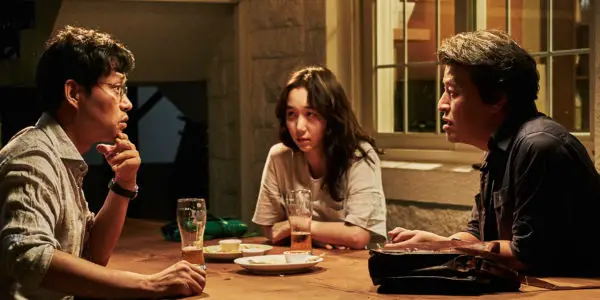
Whether it’s wanting control or to be loved, or both, we see Young-Soo progressively falling deeper and madly in love with Min-Jung during her absence. We witness him sinking into profound toxicity and loneliness.
All the while, Min-Jung is hanging out with other men who adamantly claim to have known her from past encounters. She tells them they’re mistaken and she’s Min-jung’s twin sister. Whether this “Min-Jung” is Min-Jung or the twin sister she claims to be, she goes out for drinks with these men who almost become as equally fixated on her as Young-Soo was.
Dissecting the Peculiarity of the Human Psyche
Hong gives no explanation to anything. His characters simply do what they feel is right in the moment; they aren’t afraid of immersing themselves in vulnerable situations. And while his characters test their own realities and identities, we, as the audience, get pushed out of our comfort zones.
Hong thrives on creating obscurity around timelines and actuality, making us question whether specific events are actually happening or if they’re simply projections of a character’s imagination. There’s a scene in the end when Young-Soo wakes up after a late night with “Min-Jung”. She isn’t next to him, and he has a disheartened look on his face; we believe it was all just a dream too. But soon, she walks into the room with a refreshing bowl of watermelons.
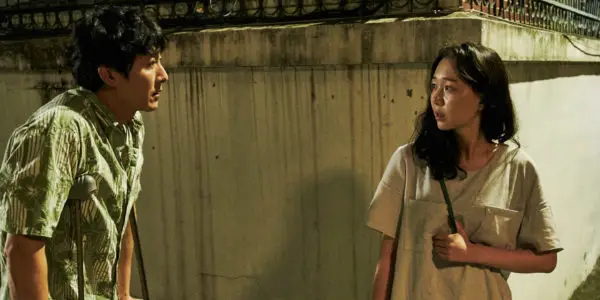
This blur between reality and fantasy is all-encompassing. It builds a sense of enchantment and lingering irony throughout the film. Are Min-Jung’s late night excursions just a projection of Young-Soo’s insecurities and fears? Maybe, but we’ll never know.
Hong plays with convention, compelling us to read between the lines. We get stuck in a tangled “sort of, maybe” mentality. But Hong never pushes it far to a point where we’re swimming in a pool of muddled thoughts. He keeps the puzzlement simple and matter-of-fact, encouraging us to simply go with it and see where it takes us.
Weaving In Neutral Colors & Long Takes That Are On Brand
There’s a lot of neutral palettes and styles in Yourself and Yours. Hong keeps the production design plain and simple. It helps play with the filmmaker’s idea that there’s more to something that meets the eye—that complexities take place in our everyday lives, even in the most mundane places.
The filmmaker is also notorious for executing long takes and zooming into his characters. These shots have an underlying trepidation to them, as well as a comedic effect that aligns well with Hong’s mission in playing with our expectations.
Not to mention, his scenes are quiet; they’re filled with lingering pauses during conversations. It’s as if the filmmaker wants us to take a moment to soak in the scenes, let them marinate, and form our own interpretations. Essentially, we are the masters of our own reality, and whatever comes and goes, we should take it with a grain of salt.
Yourself and Yours: Conclusion
Whether the events that take place in Yourself and Yours are meant to be reality or simply fantastical projections, Hong celebrates the liberation in acknowledging the various perspectives of the story and diving into the unknown. He preserves mystery with grace, charm, and simplicity that enables us to stay open from beginning to end.
What are some films that blur the line between fantasy and reality? Please share in the comments below.
Yourself and Yours is currently playing in virtual cinema.
Does content like this matter to you?
Become a Member and support film journalism. Unlock access to all of Film Inquiry`s great articles. Join a community of like-minded readers who are passionate about cinema - get access to our private members Network, give back to independent filmmakers, and more.
Janet is a writer based in Salt Lake City. A strong advocate for underrepresented voices, she believes cinema is a transformative medium that challenges assumptions and creates diverse conversations.






